I have been to several in the past, but every year I learn or see something new. I spent two and a half days in Paducah this last April and it was worth every minute of it.
As I wrote in last week's blog, I have been a quilter for a long time. It is the one artistic media that I can incorporate several of other artistic interests into one.
Quilting used to be associated with old ladies and gossip (quilt bees), but it has grown to be a respected art form. It is no longer just bed and baby quilts, it's wall hangings, clothing, and works of art.
In this year's show I saw some beautiful quilts, some amazing quilts, and some unbelievable quilts. Some made it hard to understand how anyone could make something like them out of fabric, they didn't look like fabric, more like paint or photographs. The talent at this year's show was amazing. There were quilts from all over the United States, Brazil, France, and Korea.
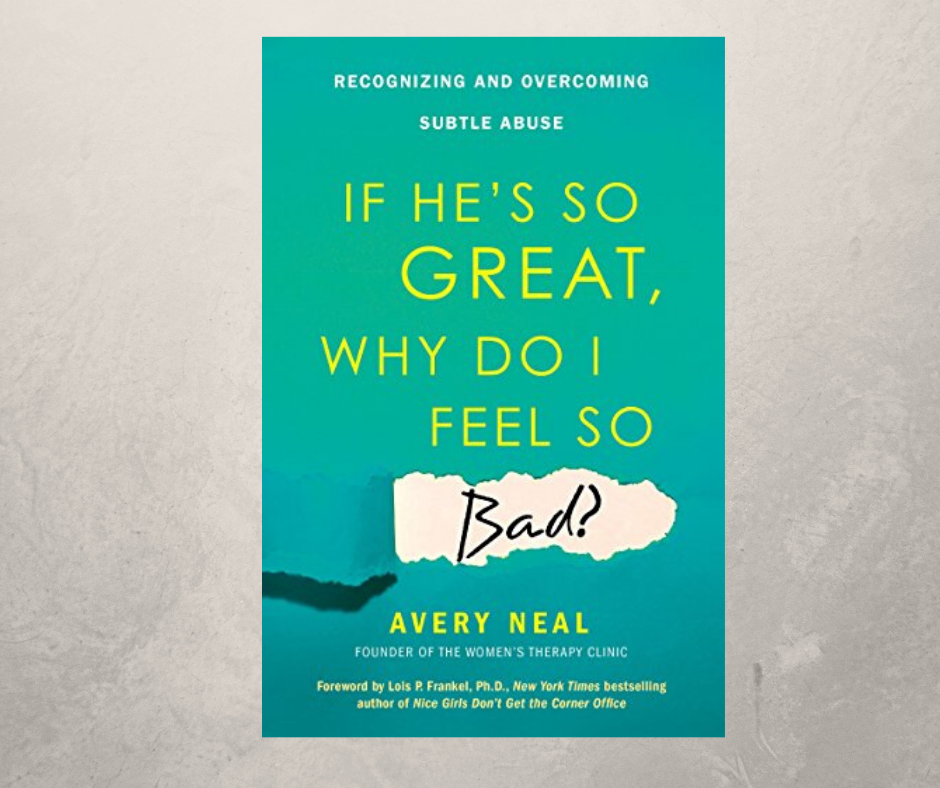
The National Quilt Museum is located in Paducah. Much of the exhibit is rotating with some permanent pieces on display. What started out as a small group by Bill and Meredith Schroeder of Paducah and was opened to the public April 25, 1991. It became The National Quilt Museum of the United States in May 2008 by congress. It averages over 120,000 visitors from more than 40 countries every year. The museum offers educational programs for all ages. It's primary purpose is to introduce and preserve the art form of quilting to the world.
I love Caryl Bryer Fallert-Gentry because she is innovative, creative and uses color like no one else. Her quilts make you stop and ask "How did she do that?" I have been a lover of her work for many, many years. I met her and toured her studio when she was in Paducah several years ago. Her studio was amazing and she is a fine lady. Love her and her work.
Unbelievable pieces of art that will leave you stunned that a person could create something like it out of fabric.
And if you really want a thrill if you love quilts and art, go to an AQS show. The one in Paducah, every year in April is a spectacular one. The whole town becomes one big quilt and art show. Welcome to Paducah!
Have you ever seen a piece of art that left you speechless? Something so beautiful or so unique that it touched your heart in a major way? That's what this show does for me, it inspires me.
XOXO



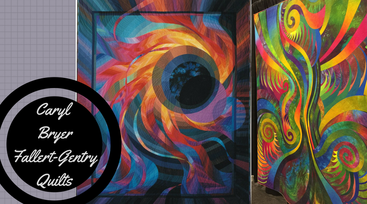

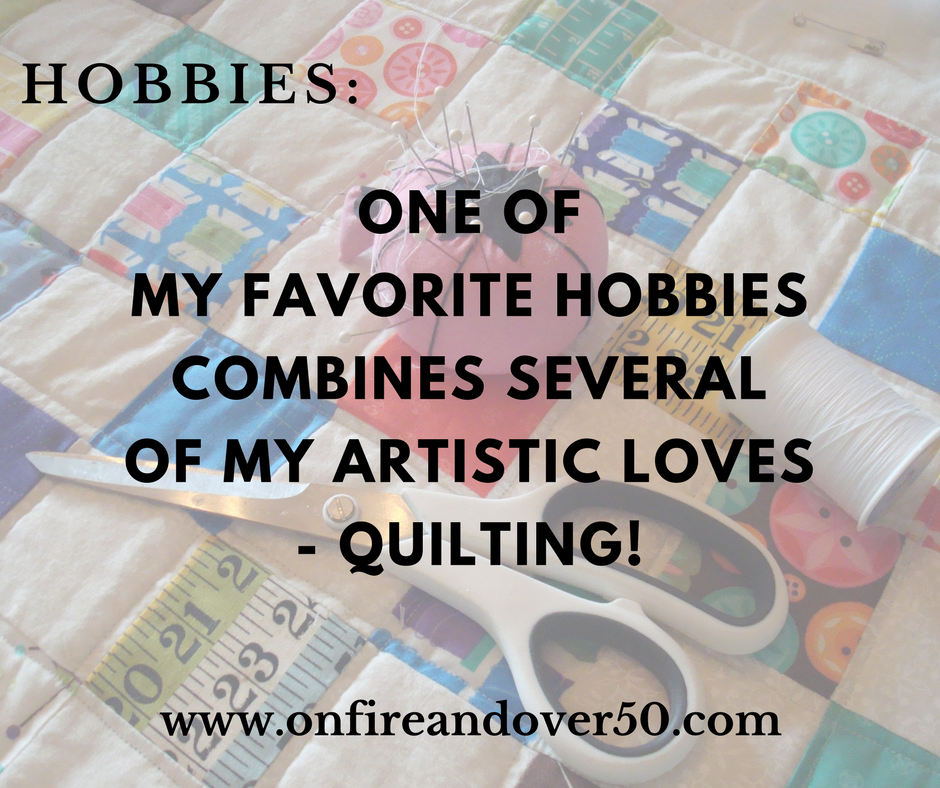
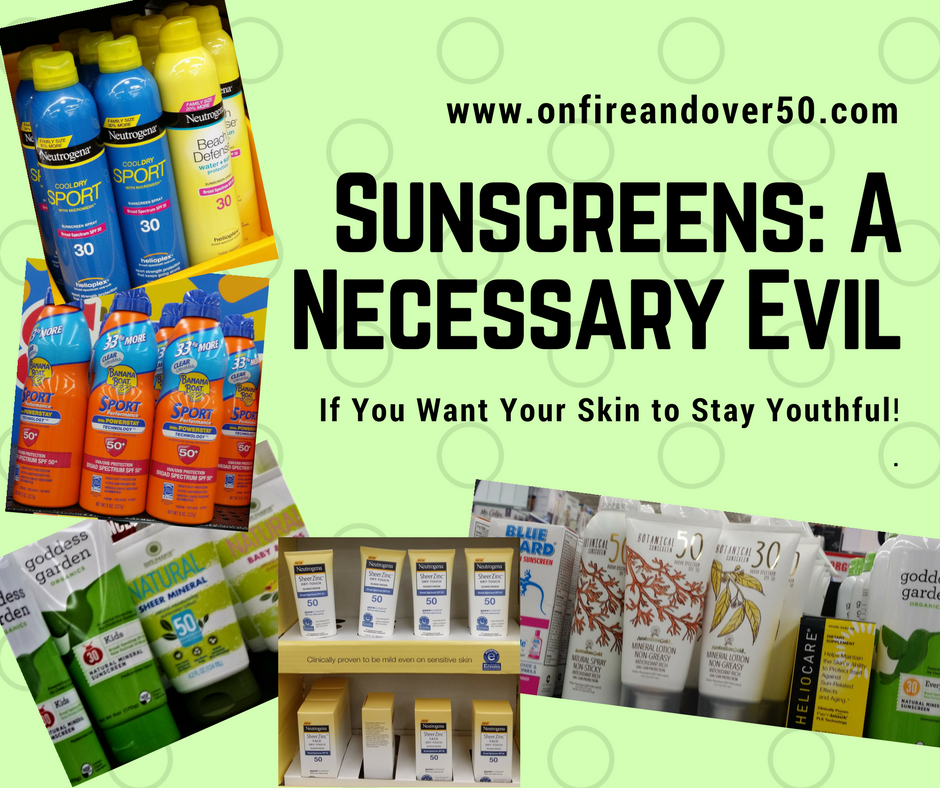
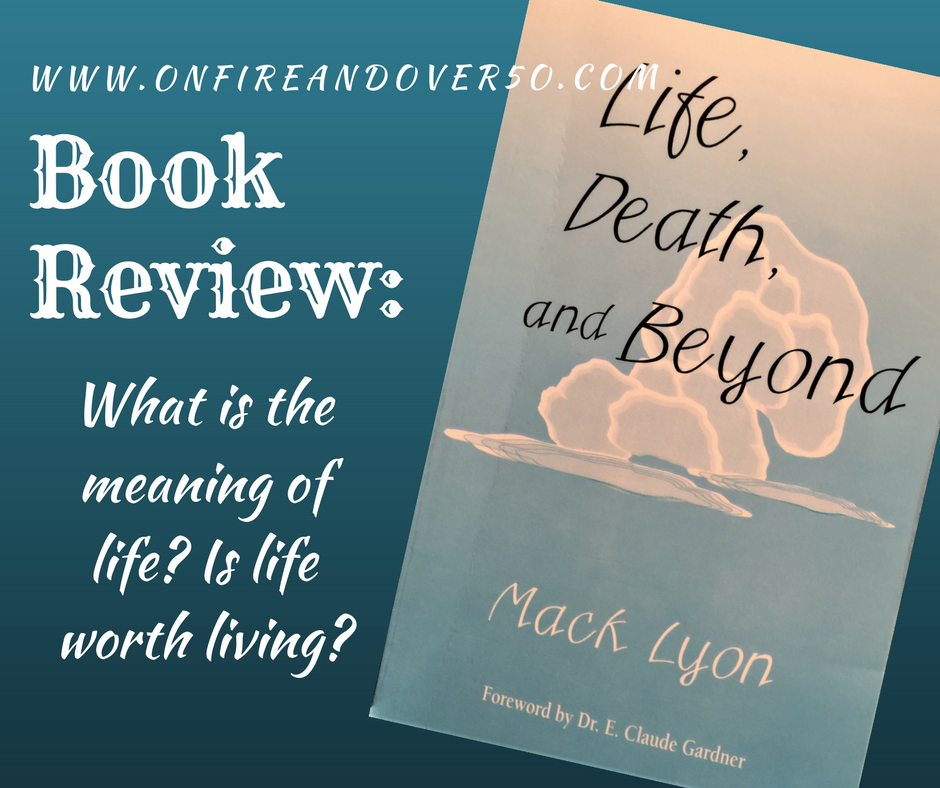
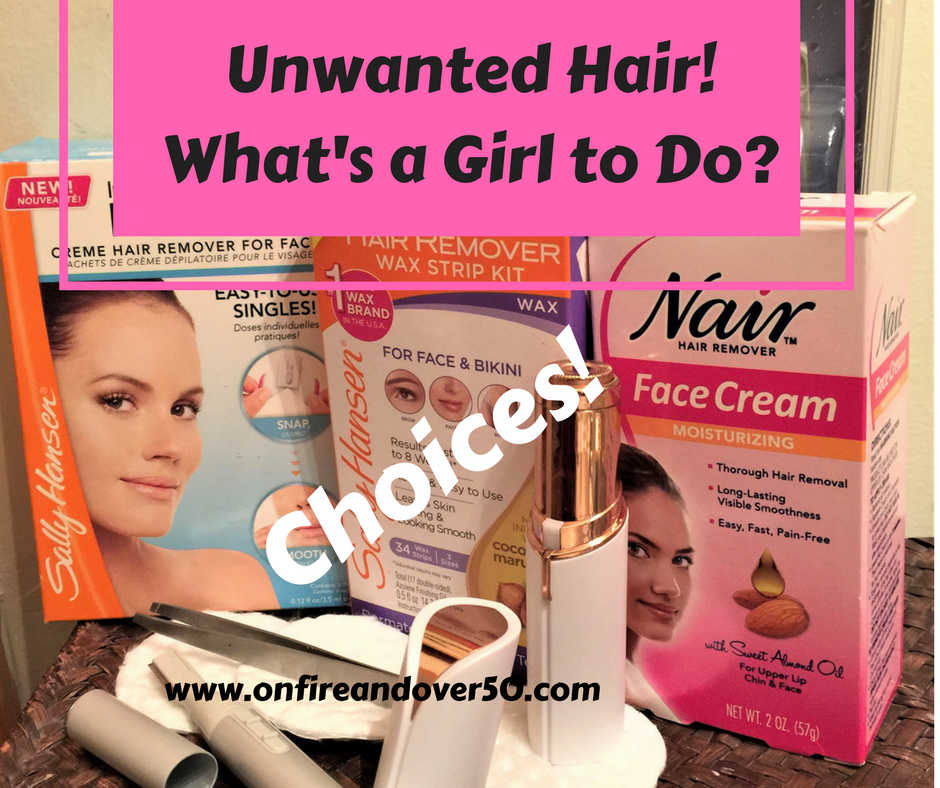
 RSS Feed
RSS Feed